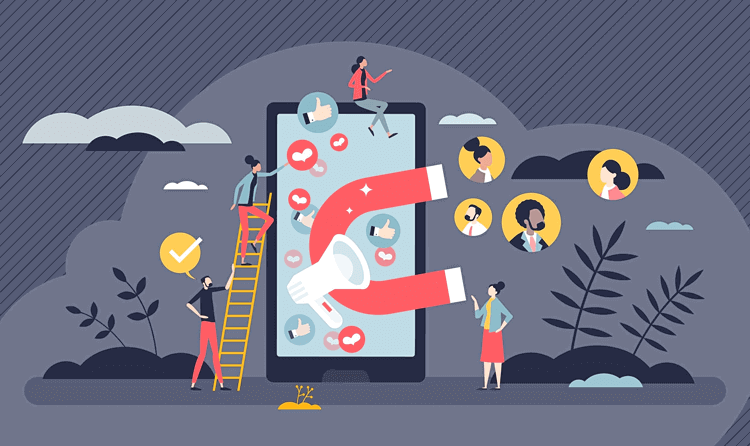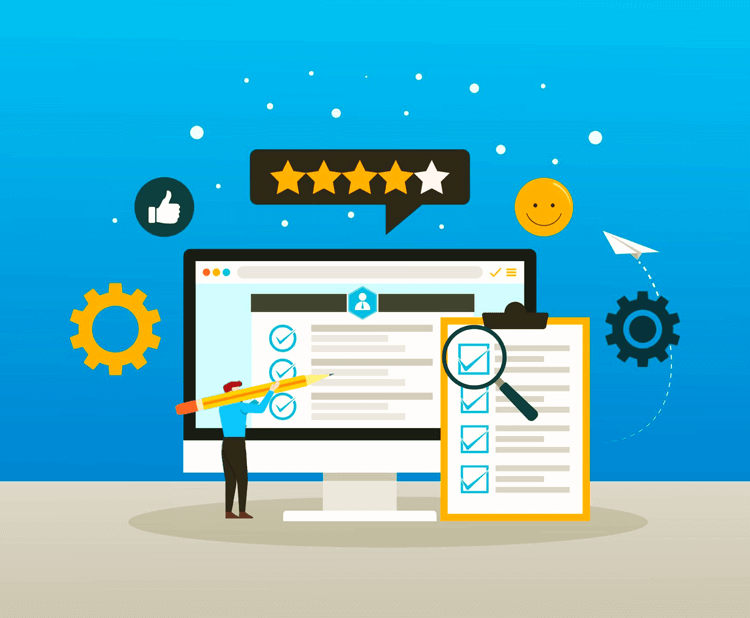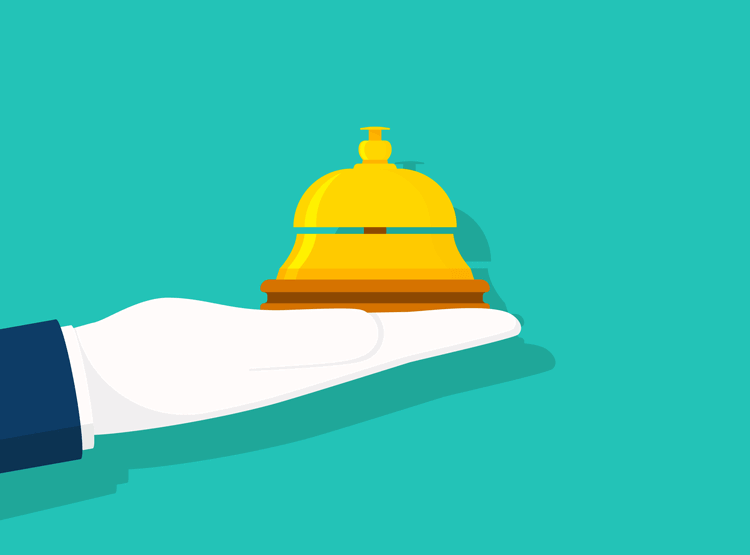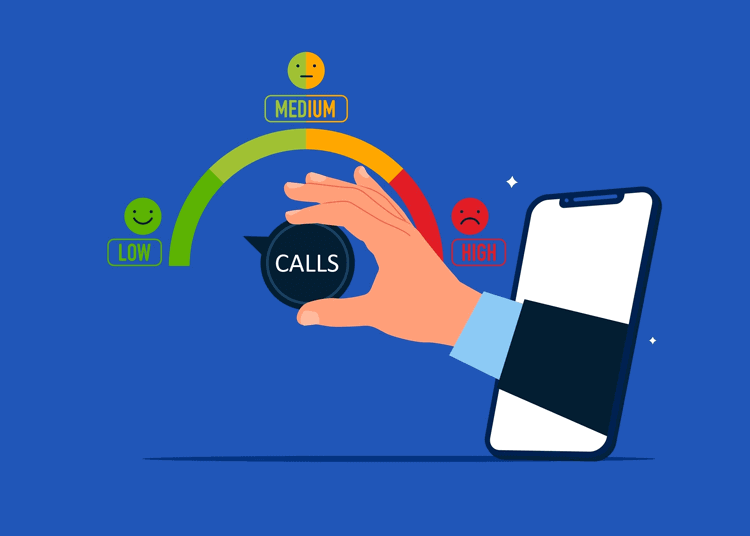24 Proven Ways to Increase Customer Engagement with Examples and Statistics
Customer engagement is a necessary component of any successful business strategy. Studying and analyzing how to increase customer engagement then should be an important priority for any organization.
This article offers 24 effective and creative customer engagement ideas, including real-world examples and supporting statistics. We also examine ways customer engagement can be hindered. Put together, these approaches can help any business enhance their connection with customers and support continued growth.

What is Customer Engagement?
Customer engagement is the process of a business actively building and nurturing strong relationships with its customers through continuous and meaningful interactions. It involves every touchpoint across the customer journey, and emphasizing personalized experiences and delivering value at each step.
How Increased Customer Engagement Benefits Business
Effective customer engagement goes beyond just transactions:
- It can build trust
- It can grow loyalty
- It can create an emotional connection by addressing customers' needs, preferences, and feedback.
Engaged customers are more likely to become:
- Repeat buyers
- And brand ambassadors
And so, well-planned customer engagement strategies are extremely important for the continued success of the business.
24 Proven Ways to Increase Customer Engagement with Examples
Below we list many ways companies can increase their customer engagement. Most include a real-life example and all include a statistic to show why the technique is important:
-
Personalized Email Campaigns
Proactive marketing via email based on customer preferences and behaviors.
Example: Amazon sends personalized product recommendations based on past purchases and browsing history.
Statistic: According to Experian, personalized emails deliver 6x higher transaction rates compared to non-personalized emails.
-
Personalized Marketing Communications
Tailoring marketing messages to individual customer preferences and behaviors.
Example: Again, Amazon uses data analytics to provide personalized recommendations to its customers based on their browsing and purchasing history.
Statistic: Epsilon noted that 80% of consumers are more likely to make a purchase from a brand that provides personalized experiences.
-
Personalized Recommendations
Providing tailored product or content recommendations based on customer preferences and behavior.
Example: Netflix uses algorithms to suggest movies and TV shows based on a user's viewing history and ratings.
Statistic: McKinsey & Company found that personalization drives 40% more revenue for companies that grow faster.
-
General Social Media Engagement
Interacting with customers on social platforms to build relationships and brand loyalty.
Statistic: Sprout Social indicates that when consumers follow a brand on social media, 67% are more likely to spend more with that brand.
-
Social Media Contests and Giveaways
Hosting contests or giveaways on social media platforms to engage customers and increase brand awareness.
Example: The Skinny Food Company runs Facebook giveaways where users can win one of their Chocolate Collections for engaging with the post with Likes, Shares, Comments, etc.
Statistic: Research by Tailwind found that Instagram contests generate 3.5 times more likes and 64 times more comments compared to regular posts.
-
User-Generated Content Campaigns
Encouraging customers to create and share content related to the brand or product.
Example: GoPro encourages customers to share their action-packed videos shot on GoPro cameras, creating engaging content and showcasing product capabilities.
Statistic: Power Reviews observes that there is a 103.9% increase in conversions when visitors interact with user-generated content.
-
Interactive Content
Creating engaging and interactive content such as quizzes, polls, or interactive videos to involve customers.
Example: BuzzFeed creates quizzes that users can take to find out which product or service suits them best, generating both engagement and insights.
Statistic: A study by Gitnux revealed that interactive content generates 4-5 times more pageviews than static content.
-
Loyalty Programs
Rewarding customers for their repeated business to encourage continued loyalty.
Example: Sephora's Beauty Insider program offers rewards, exclusive events, and personalized beauty recommendations to loyal customers.
Statistic: A report by Marketing Charts states that customers who are members of loyalty programs are 79% more likely to continue buying from that brand.
-
Surprise and Delight Campaigns
Sending unexpected gifts or personalized offers to customers to create positive experiences.
Example: Airbnb occasionally surprises hosts with special gifts or experiences to show appreciation for their hospitality.
Statistic: According to a study by CrowdTwist, 67% of consumers say that surprise gifts are important in a loyalty program.
-
Community Building
Establishing online communities or forums where customers can connect with each other and with the brand.
Example: LEGO Ideas invites customers to submit their own designs, which helps foster a strong community of brand enthusiasts.
Statistic: CMX Hub reports that 80% of their respondents say that community has a positive impact on business.
-
Experiential Marketing Events
Creating memorable offline experiences or events to connect with customers on a deeper level.
Example: Red Bull's "Stratos" event, where Felix Baumgartner performed a record-breaking skydive from the stratosphere, captured global attention and engaged millions of viewers.
Statistic: Event Marketing Institute reported that 98% of users feel more inclined to purchase after attending an activation, and 74% have a more positive opinion about the company, brand, product, or service being promoted.
-
Influencer Partnerships
Collaborating with influencers or brand ambassadors to reach and engage with their audience.
Example: Gymshark partners with fitness influencers on social media to reach and engage a broader audience, effectively leveraging their followers' loyalty.
Statistic: According to a survey by Influencer Marketing Hub, 85% of respondents believe influencer marketing to be an effective form of marketing.
-
Virtual Events and Webinars
Hosting online events or webinars to educate, entertain, or engage customers on relevant topics.
Example: HubSpot hosts regular webinars on topics like digital marketing and sales automation to engage and educate its audience.
Statistic: XANT reported that 73% of B2B marketers say that webinars are the best way to generate high-quality leads.
-
Customer Education Programs
Providing educational resources to help customers get more value from products or services.
Example: Apple's Today at Apple sessions provide customers with free educational workshops on using Apple products, enhancing product value and engagement.
Statistic: A survey by TSIA found that 68% of companies believe education services contribute to customer success and product adoption.
-
Augmented Reality Experiences
Incorporating AR technology to provide interactive and immersive experiences for customers.
Example: IKEA's Place app allows users to visualize how furniture would look in their homes before making a purchase, providing a unique and engaging shopping experience.
Statistic: According to Snap Inc. and Deloitte, people are 50% more likely to pay attention to a brand if they often use AR with their family and friends.
-
Gamification
Adding game-like elements such as points, badges, or leaderboards to encourage customer interaction and loyalty.
Example: Nike+ Run Club app uses gamification by tracking runs, setting challenges, and allowing users to compete with friends, making exercise more engaging and fun. It rewards users with badges and virtual trophies for achieving fitness milestones, motivating continued engagement.
Statistic: Research Markets indicated gamification has the capacity to increase engagement and loyalty by an average of 30% over time, on-site, through repeat visits, and viral diffusion.
-
Customer Feedback Programs
Actively soliciting and responding to customer feedback to improve products or services.
Example: Airbnb sends a feedback request after each stay, allowing them to continually improve their service based on direct customer insights.
Statistic: Microsoft's research found that 77% of consumers view brands more favorably if they proactively invite and accept customer feedback.
-
Referral Programs
Rewarding customers for referring new customers to the business.
Example: Dropbox's referral program offers extra storage space for both the referrer and the referee, encouraging existing users to engage new users.
Statistic: Nielsen found that 88% of consumers most trust referrals from people they know, making referral programs highly effective.
-
Cause Marketing Campaigns
Aligning with a social or environmental cause and involving customers in supporting the cause.
Example: TOMS' "One for One" campaign donates a pair of shoes to a child in need for every pair purchased, engaging customers in the company's philanthropic efforts.
Statistic: YouGov noted that 45% of consumers are more likely to purchase a product from a company that gives a percentage of the purchase to charity.
-
Omnichannel Engagement
Providing consistent and seamless experiences across various channels, including social media, email, website, and in-store.
Example: Wendy's uses its Twitter account to engage with customers through witty and humorous responses, making the brand more relatable and boosting its social media presence.
Statistic: An Omnisend survey found that marketers using three or more channels in a campaign earned a 494% higher order rate than those using a single-channel campaign.
-
Mobile App Engagement Features
Incorporating features in mobile apps to enhance user engagement, such as push notifications or in-app rewards.
Example: Starbucks' mobile app sends personalized offers and allows customers to order ahead for pickup, enhancing convenience and engagement.
Statistic: According to Think with Google, there is a 63% increased likelihood smartphone users will purchase if the businesses have mobile websites or apps that provide them with relevant recommendations for things they might find interesting.
-
Dynamic Website Content
Customizing website content based on user behavior or demographics to increase relevance and engagement.
Example: Spotify's homepage displays personalized playlists and recommendations based on a user's listening history and preferences.
Statistic: Instapage indicated 85% of customers were persuaded to make a purchase by personalized homepage advertisements, while 92% of online shoppers were affected by personalized shopping cart recommendations.
-
Voice Assistants and Chatbots
Implementing AI-powered chatbots or voice assistants to provide instant support and enhance customer engagement.
Example: H&M's chatbot helps customers find clothing items, provides styling tips, and answers common questions via Facebook Messenger, improving customer engagement and satisfaction.
Statistic: Gartner predicts that by 2027, 25% of organizations will use chatbots as their primary customer service channel.
-
Live Chat Support
Offering real-time assistance to website visitors via live chat for immediate engagement.
Example: Amazon offers 24/7 live chat support, ensuring that customers receive immediate assistance, which enhances satisfaction and engagement.
Statistic: A report by Forrester Research found that 44% of online consumers say that having a live-chat person available during the purchasing process is one of the most important features.
12 Things That Can Reduce Customer Engagement
Here are some situations that can negatively impact customer engagement:
-
Poor Customer Service
- Providing inadequate or unresponsive customer support can lead to frustration and dissatisfaction among customers.
- Slow response times, unhelpful support, or rude customer service representatives can lead to frustration and disengagement among customers.
-
Lack of Personalization
- Failing to personalize interactions and communications can make customers feel like just another number. This can reduce their connection to the brand.
- Treating all customers the same, without recognizing their unique preferences and history with the brand, can make interactions feel impersonal.
-
Inconsistent Brand Messaging
- Sending mixed or contradictory messages across different channels can confuse customers and erode their trust in the brand.
-
Ignoring Customer Feedback
- Neglecting to listen to and act upon customer feedback can convey an impression of indifference and signal to customers that their opinions don't matter. This in turn can make customers feel undervalued and disinclined to engage with the brand.
-
Intrusive Marketing
- Overly aggressive or irrelevant marketing tactics can annoy customers, leading to negative perceptions of the brand.
-
Complicated User Interfaces
- Websites or apps that are difficult to navigate can frustrate users, leading them to seek alternatives.
-
Lack of Transparency
- Failing to be open about business practices, pricing, or product information can erode trust.
-
Poor Product Quality or Service
- Delivering subpar products or services can hurt the brand reputation and encourage customers to seek alternatives.
-
Negative Online Reviews or Public Relations Issues
- Negative reviews, controversies, or scandals can damage brand perception.
-
Ignoring Social Responsibility
- Neglecting social and environmental responsibilities can alienate socially conscious customers and lead to a loss of trust and loyalty.
-
Neglecting Mobile Users
- Not optimizing for mobile users, who represent a significant portion of online traffic now, can limit engagement opportunities and deter this large customer base.
-
Not Adapting to Customer Needs
- Companies that fail to evolve with their customers' changing needs and preferences risk becoming irrelevant.
Conclusion: Increase Customer Engagement to Increase Business Success
Customer engagement is more than a buzzword — it is an essential strategy for a business's long-term success. By actively developing meaningful interactions and building strong relationships, organizations can transform satisfied customers into loyal advocates. And there are thankfully many ways now that companies can connect with their audience.
However, being aware of potential pitfalls that can hinder engagement is equally important.
At the end of the day, prioritizing increasing customer engagement leads to higher satisfaction, loyalty, and positive word-of-mouth. This then helps sustain growth and a competitive edge and keeps businesses relevant and valued by their customers.
Giva Can Help Streamline Your Support Processes
Giva's Customer Service Software in the Cloud can help your support team provide that top-notch service they and your customers desire. Features include:
- An intuitive design with customizable dashboard
- AI Copilot for enhanced and quicker ticket processing
- Low training costs and start-up time
- No coding, programming or consultants required
- Integrated knowledge management
- End user self-service portal
- Customer satisfaction surveys
- Real-time custom reporting with full color charts and graphs that you can save, share and schedule for automatic delivery
Learn more today by booking a free Giva demo to see our solutions in action, or starting your own free, 30-day trial!





